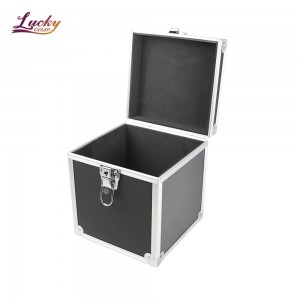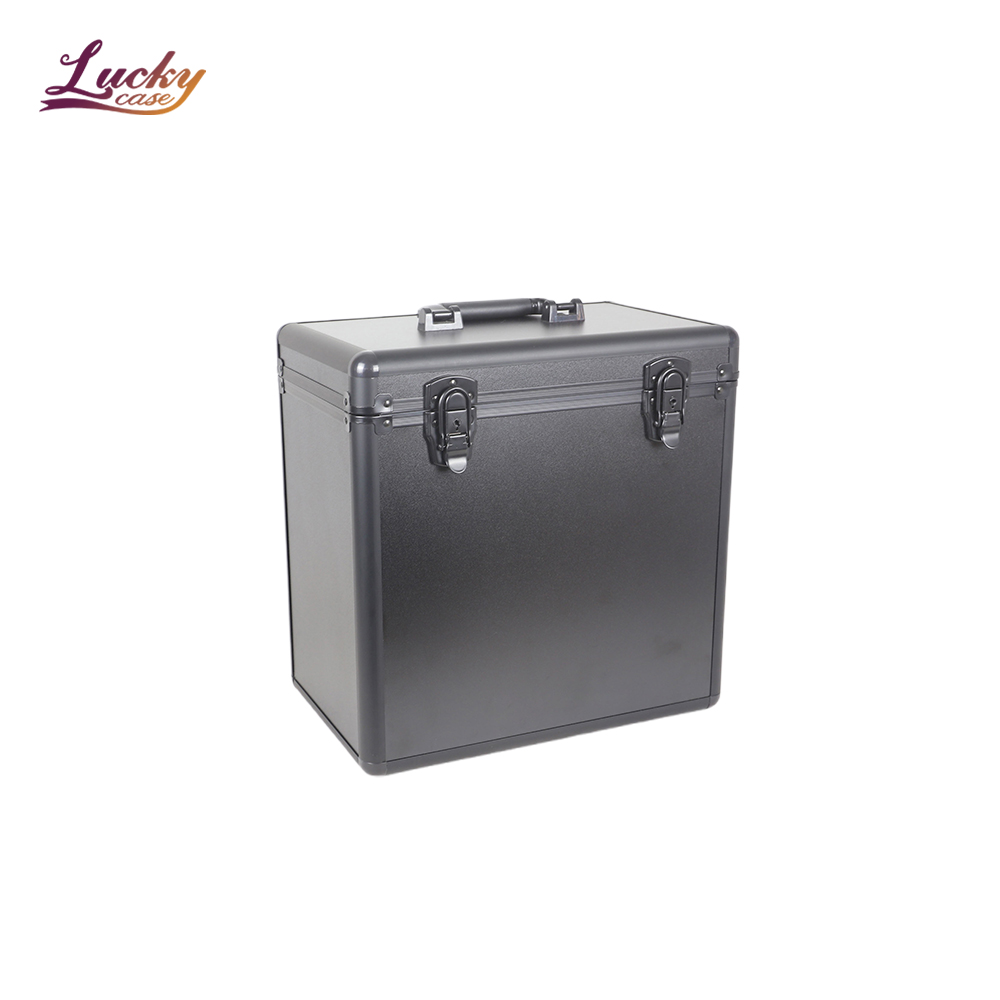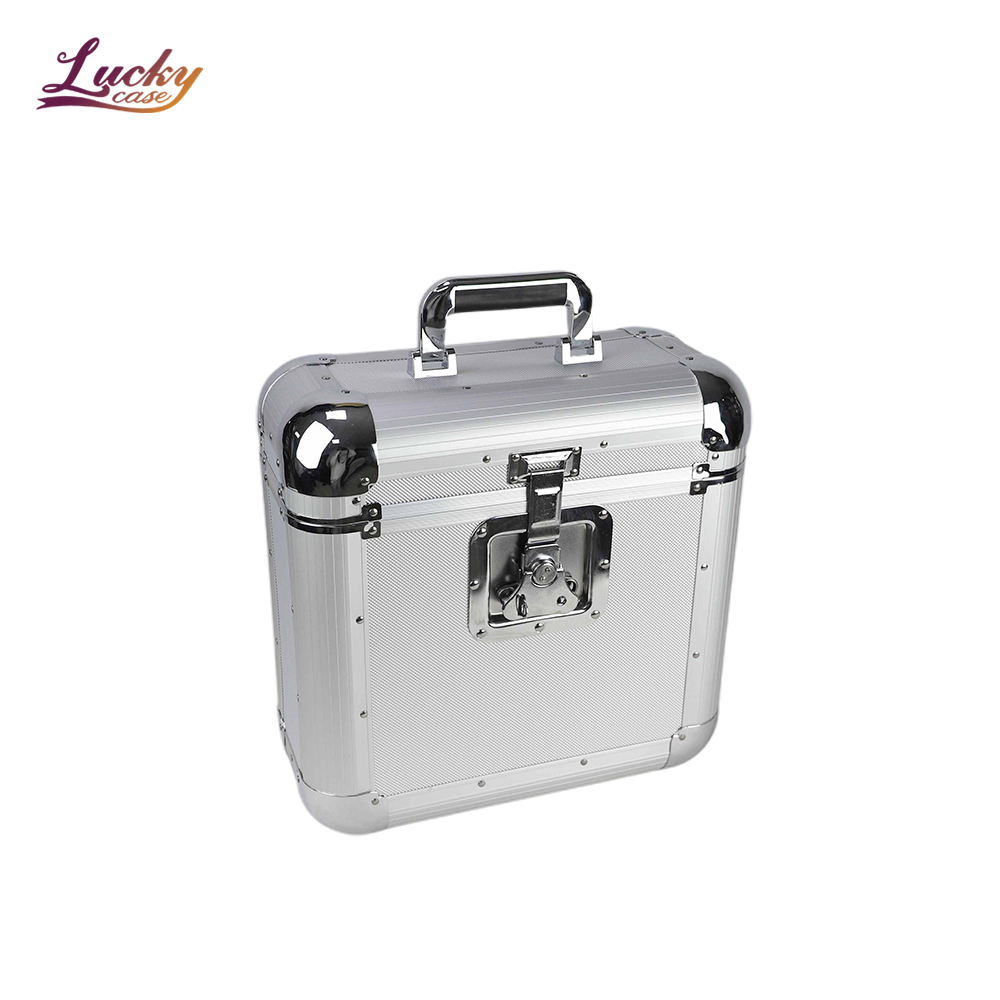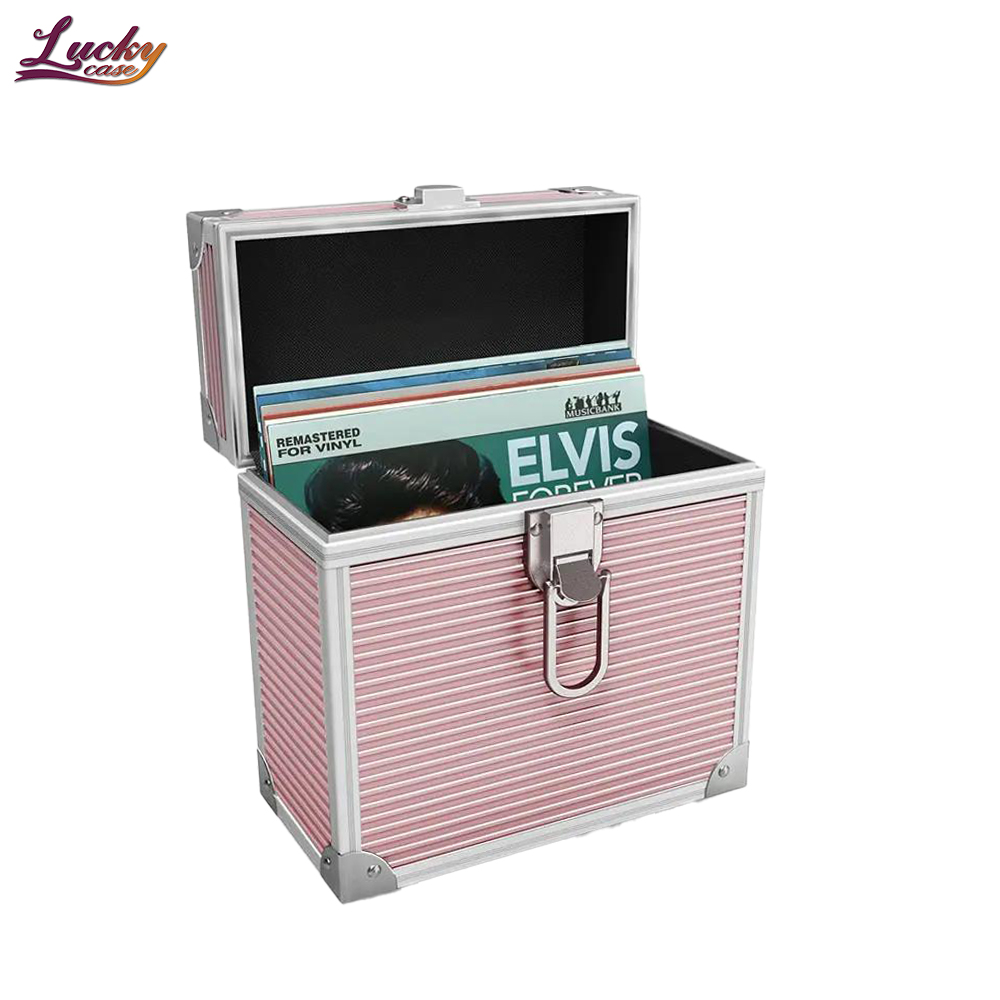Vinyl records hold a special place in the hearts of music lovers. Whether it’s the warm analog sound that transports you back in time or the tangible connection to the artistry of another era, there’s something magical about vinyl that digital formats simply can’t replicate. But with that magic comes responsibility—these treasures need the proper care to last for generations.
In this guide, I’ll walk you through the essential steps to save your vinyl records from damage and keep them in a good condition. With just a little extra effort, you can ensure your collection remains a lasting legacy.
Why Proper Vinyl Care Matters
If you’ve ever had the unfortunate experience of playing a scratched or warped record, you know how disappointing it can be. Improper storage and handling can lead to surface noise, scuffing, and even irreparable damage. Vinyl is fragile, but with the right approach, it can last for decades—or even centuries.
Beyond their sentimental value, some records are worth a considerable amount of money, and a well-preserved collection can only increase in value over time. So, caring for your vinyl isn’t just about protecting the music; it’s about preserving history.
Step 1: Creating the Perfect Environment for Your Vinyl
One of the most important factors in preserving vinyl records is creating the right storage environment. Temperature, humidity, and exposure to light all play significant roles.
- Keep Them Cool and Dry: Vinyl is sensitive to heat and moisture. Store your records at room temperature or cooler, ideally between 60°F and 70°F. High heat can warp records, rendering them unplayable. Similarly, avoid high humidity, as it can lead to mold and mildew on both the records and sleeves.
- Avoid Direct Sunlight: UV rays are the enemy of vinyl. Prolonged exposure to sunlight can cause warping and even fade the album artwork. Always store your records in a shaded area, preferably in a dark, climate-controlled space.
- Maintain Low Humidity: Aim for a relative humidity level of 35-40%. You can use a hygrometer to measure the humidity in your storage space. Too much moisture can lead to mold, while too little can cause sleeves to become brittle and degrade over time.
Step 2: Store Records Vertically, Never Stack Them
When it comes to storage, always store your vinyl records vertically. Laying them flat or stacking them on top of one another puts unnecessary pressure on the grooves and can cause warping over time.
Invest in sturdy shelving or crates to keep your collection organized and upright. Dividers can be helpful in ensuring the records remain vertical without leaning, which can also cause distortion. If you’re storing a larger collection, consider crates designed specifically for vinyl storage, which often have built-in dividers.

Step 3: Cleaning Vinyl Records the Right Way
One of the most overlooked aspects of vinyl care is regular cleaning. Dust and dirt are a vinyl record’s worst enemies, and if left unchecked, they can scratch the surface and affect sound quality.
- Use a Vinyl Brush: Invest in a high-quality vinyl brush to remove surface dust before and after each play. This simple step can prevent buildup and maintain sound clarity.
- Deep Cleaning: For more thorough cleaning, consider using a specialized vinyl cleaning solution. Avoid using household cleaners or water, as these can leave residue that damages the record. After applying the solution, use a microfiber cloth to gently wipe the surface in a circular motion.
- Cleaning Frequency: If you play your records often, clean them every few months. Even if they’re just sitting on the shelf, dust can accumulate, so it’s a good idea to schedule regular cleaning sessions.
Step 4: The Importance of Sleeves
Vinyl records should never be left “naked.” The paper sleeves they come in offer basic protection, but to truly preserve their longevity, you should invest in higher-quality options.
- Use Plastic Inner Sleeves: Replace the original paper sleeves with anti-static plastic sleeves to prevent dust and static from clinging to the records. These sleeves are much more durable and provide better protection.
- Outer Sleeves for Album Covers: To protect the album artwork and prevent wear, place the entire record and cover into a plastic outer sleeve. This adds another layer of defense against dust, scratches, and UV damage.
Step 5: Moving and Storing Records Long-Term
If you’re planning to move your collection or store it for an extended period, you’ll want to take extra precautions.
- Use Heavy-Duty Storage Boxes: For long-term storage or moving, opt for plastic or heavy-duty cardboard boxes designed specifically for vinyl records. Make sure the boxes are perfectly square on the inside so that the records don’t shift during transport.
- Keep Records Secure: When moving records, ensure they are snug inside the box to prevent movement, but don’t overpack, as this could damage the records.
- Climate-Controlled Storage: If you’re putting your collection into storage, make sure the facility is climate-controlled. Temperature fluctuations can lead to warping, and high humidity can cause mold to grow on both records and sleeves.
Lucky Case has 16+ years of economical production, specializing in the production of record cases and other products. Lucky Case understands the science behind record preservation. Our record cases are designed to withstand high pressures and are collision-resistant, ensuring your records last longer. Whether you're looking for a wholesale record case for your business, or other aluminum cases, makeup cases, and more, Lucky Case offers a variety of tailor-made options to suit your needs.



Step 6: Handling with Care
Even if you store your vinyl perfectly, improper handling can undo all your efforts. Always handle records by the edges or the labeled center to avoid getting fingerprints on the grooves. The oils from your fingers can attract dirt and dust, which can then get trapped in the grooves and cause skips.
Make sure your hands are clean and dry before handling your vinyl. And when it’s time to remove a record from its sleeve, do so gently, supporting the edges to avoid bending or scuffing.
Step 7: Regular Record Player Maintenance
Your record player also plays a role in vinyl preservation. A worn-out stylus (needle) can scratch your records, so it’s essential to replace it regularly. Keep your player clean and free of dust, and make sure the tonearm is properly calibrated to avoid unnecessary pressure on the grooves.
If you want to take extra care, consider using a slipmat on your turntable to further protect your records from scratches during play.
Finally
Vinyl records are more than just a medium for music—they’re pieces of history, art, and personal significance. By taking the time to store and care for them properly, you’re not only preserving the sound quality but also the sentimental and monetary value of your collection.
Post time: Oct-14-2024






